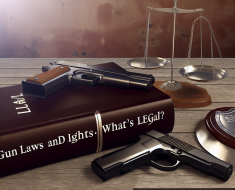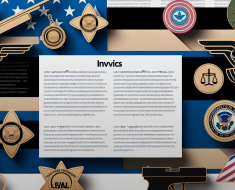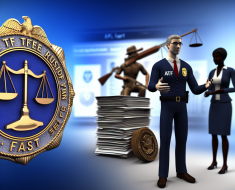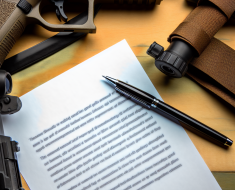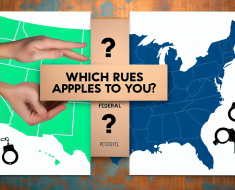What You Should Know About NFA (National Firearms Act) Items
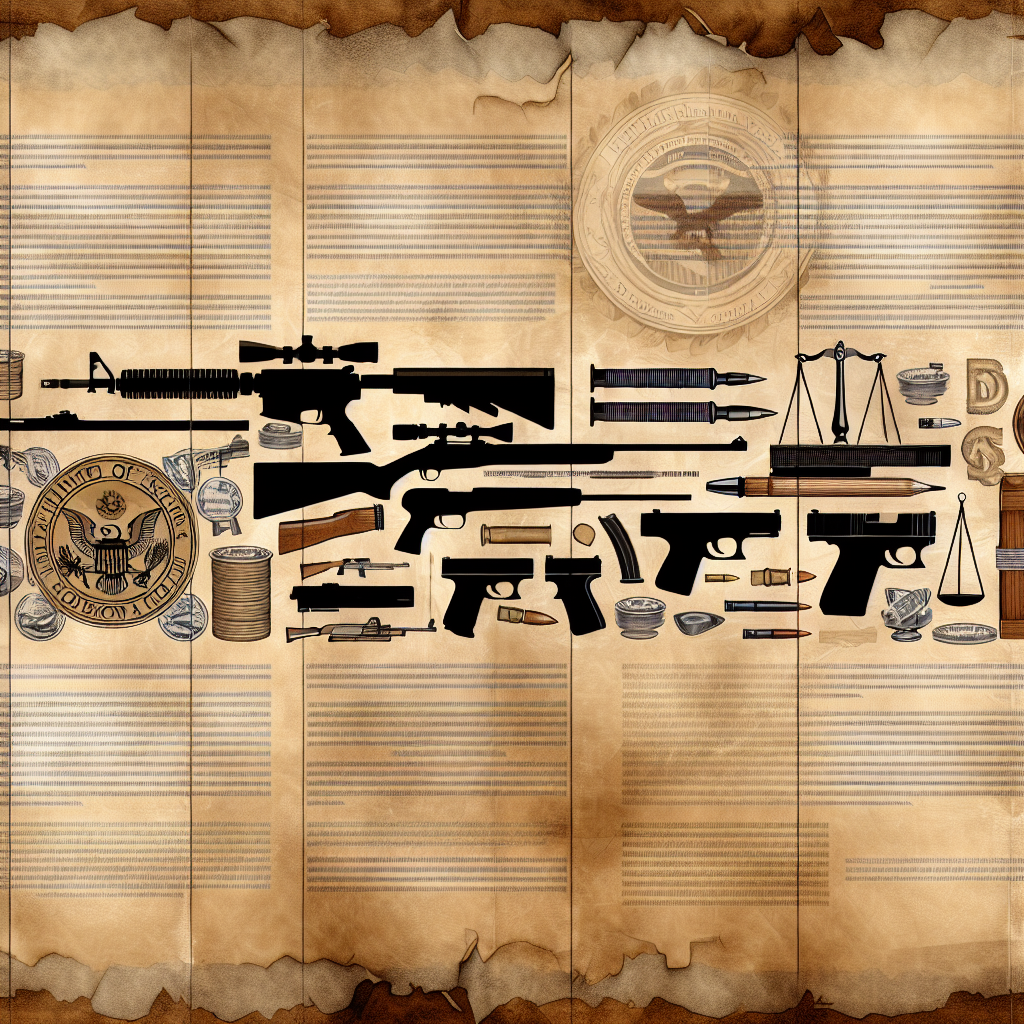
The National Firearms Act (NFA) is a pivotal piece of legislation in the United States that regulates certain types of firearms and related items. Since its enactment in 1934, the NFA has significantly influenced firearm ownership, compliance requirements, and enforcement policies. Understanding what constitutes an NFA item, the registration process, and the legal implications is essential for firearm enthusiasts, collectors, dealers, and law enforcement professionals alike.
The Origins and Purpose of the National Firearms Act
The National Firearms Act was signed into law on June 26, 1934, during an era marked by rising concerns over gang violence and illegal firearms use in the United States. The primary objective was to regulate particularly dangerous weapons such as machine guns and sawed-off shotguns by imposing strict registration requirements and taxation.
The NFA was one of the first federal gun control laws in the U.S. It introduced a tax on the manufacture and transfer of certain firearms and mandated registration with the federal government. This act aimed to curb criminal use while allowing lawful ownership under regulated conditions.
Over time, the list of regulated items has expanded slightly through amendments, but the core intent remains: to monitor and control firearms that pose higher risks to public safety.
What Are NFA Items? Understanding the Categories
Under the National Firearms Act, specific categories of firearms and devices are regulated. These items require registration with the Bureau of Alcohol, Tobacco, Firearms and Explosives (ATF) and are subject to stringent transfer rules.
Here are the primary categories of NFA items:
- Machine Guns: Fully automatic firearms capable of firing multiple rounds with a single trigger pull.
- Short-Barreled Rifles (SBRs): Rifles with barrels shorter than 16 inches or overall lengths less than 26 inches.
- Short-Barreled Shotguns (SBSs): Shotguns with barrels shorter than 18 inches or overall lengths less than 26 inches.
- Suppressors (Silencers): Devices attached to firearms designed to reduce noise, muzzle flash, or recoil.
- Destructive Devices (DDs): Includes explosive devices such as grenades, bombs, missiles, large bore firearms over .50 caliber (with exceptions), and other weapons deemed destructive by law.
- AOWs (Any Other Weapons): A catch-all category including unusual weapons like cane guns, pen guns, or pistols with barrel lengths under 12 inches that don’t fit neatly into other categories.
This classification system ensures that high-risk firearms receive additional scrutiny compared to standard rifles or handguns.
The Registration Process: How to Legally Own an NFA Item
Owning an NFA item legally involves a detailed process governed by federal law. The ATF oversees this process through Form 4 for transfers and Form 1 for manufacturing or making an NFA item personally.
The key steps include:
- Application Submission: The prospective owner must submit Form 4 or Form 1 along with fingerprints, passport-style photos, and a detailed description of the item.
- Background Check: The ATF conducts a thorough background check through the FBI’s National Instant Criminal Background Check System (NICS).
- NFA Tax Stamp Payment: A $200 tax stamp is required for most transfers or making processes; this fee has remained unchanged since 1934.
- Approval Waiting Period: Processing times can vary widely but often take several months due to high volume and detailed review requirements.
- Local Law Enforcement Notification: In many cases, applicants must notify their local chief law enforcement officer before approval.
An illustrative example is purchasing a suppressor from a licensed dealer. After submitting Form 4 and paying the tax stamp fee, many buyers experience waiting times ranging from six months to over a year depending on current ATF backlogs. During this period, possession without approval is illegal.
The Legal Implications and Penalties for Non-Compliance
Navigating NFA regulations requires strict adherence due to severe penalties for violations. Failure to register an NFA item or possessing one without proper authorization can result in felony charges under federal law.
The consequences include:
- Civil Penalties: Confiscation of unregistered firearms by law enforcement agencies.
- Criminal Charges: Felony offenses punishable by up to ten years in federal prison per violation.
- Misdemeanor Charges: Lesser penalties may apply in some cases but still carry fines and potential jail time.
A notable case highlighting these risks involved an individual who failed to register multiple short-barreled rifles acquired through private sales. Upon discovery during a routine investigation, he faced federal charges resulting in imprisonment and forfeiture of his collection. This underscores how critical it is for owners to understand their responsibilities fully under the NFA framework.



